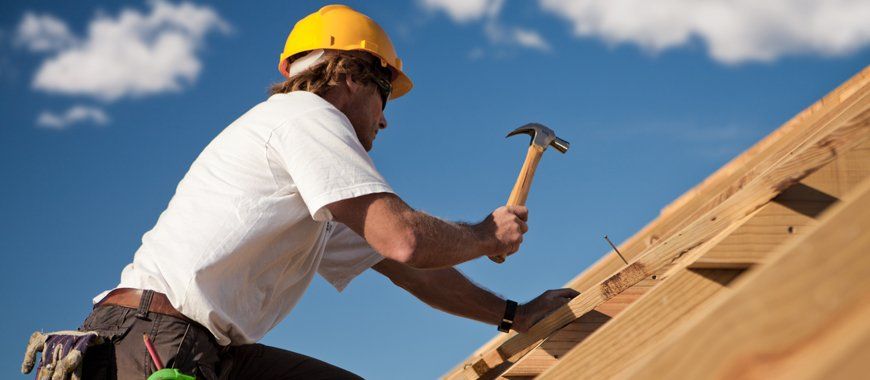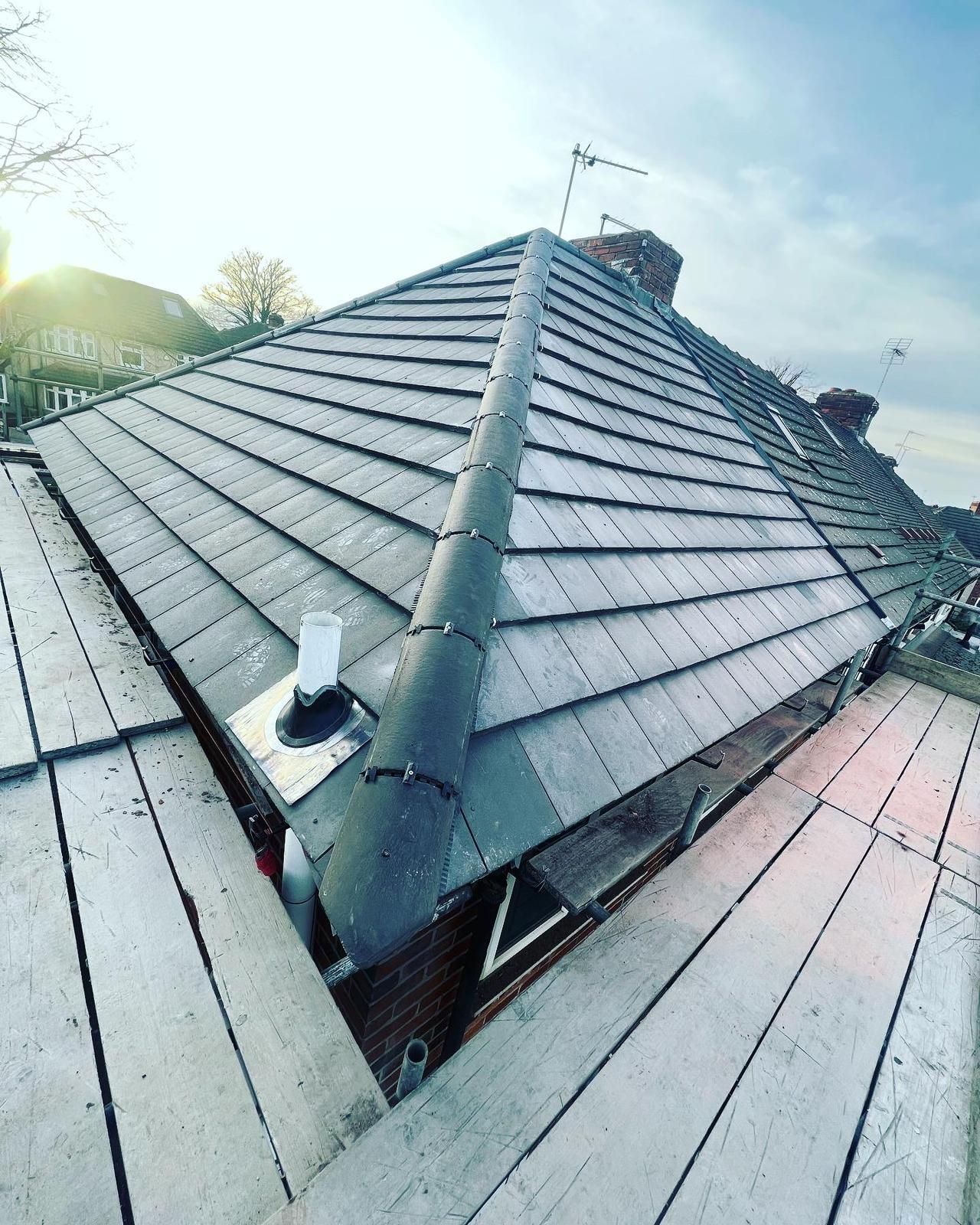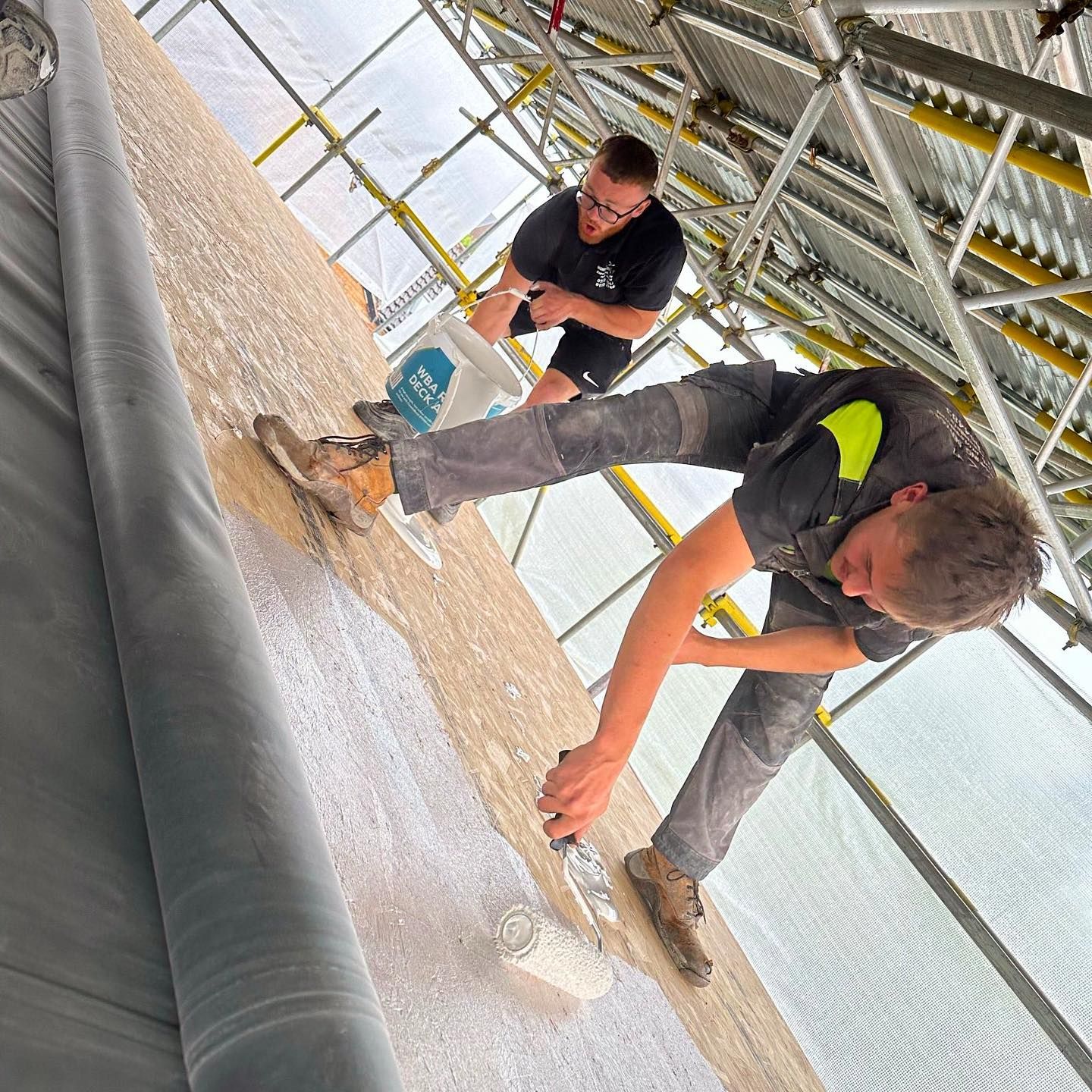Roofing Maintenance Checklist for Doncaster Homeowners in October
Hightop Roofers Doncaster advise as the days grow shorter and the temperature drops, autumn is the perfect time for Doncaster homeowners to focus on roof maintenance. October is a critical month for roof care, as preparing now can prevent costly repairs later. With the colder, wetter weather just around the corner, ensuring your roof is in top condition is essential for protecting your home from leaks, heat loss, and storm damage.
As a roofing expert in Doncaster, I’ve created this practical roofing maintenance checklist to help you keep your roof in good shape and ready for the winter months. Whether you’re a seasoned DIYer or prefer to call in the professionals, these steps will help extend the life of your roof and keep your home safe.
1. Clear Gutters and Downspouts
Falling leaves, twigs, and other debris can quickly clog your gutters, leading to water overflow that can damage your roof, walls, and even the foundation of your home.
- What to Do: Safely clear out any debris from your gutters and downspouts. Ensure water can flow freely, and check that the downspouts direct water away from your home.
- Why It’s Important: Blocked gutters can cause water to back up under your roof tiles or shingles, leading to leaks and even water damage inside your home.
- Pro Tip: Consider installing gutter guards to prevent future clogs and reduce the frequency of cleaning.
2. Inspect Roof Flashing
Flashing is the material installed around roof features like chimneys, vents, and skylights to prevent water from seeping in. Over time, flashing can become damaged or loose, making it a common source of leaks.
- What to Do: Inspect the flashing around these areas for signs of cracks, rust, or gaps. If you notice any damage, resealing the flashing with roofing cement or replacing it may be necessary.
- Why It’s Important: Properly sealed flashing keeps water out, protecting the structure beneath your roof. Damaged flashing can lead to moisture buildup, which can weaken your roof and cause expensive repairs later.
3. Look for Moss, Algae, and Lichen Growth
Doncaster’s damp autumn weather creates the perfect environment for moss and algae to grow on your roof. While these may seem harmless, they can trap moisture and damage your roofing materials over time.
- What to Do: Look for patches of moss, algae, or lichen growing on your roof. If you spot any, carefully remove them using a soft brush or a moss-removal solution designed for roofs. Avoid power washing, as it can damage your roofing materials.
- Why It’s Important: Moss and algae growth can lead to moisture buildup, which weakens the roofing structure and reduces the lifespan of your roof. Addressing the issue early helps maintain the integrity of your roof.
4. Check for Loose or Missing Tiles and Shingles
Windy autumn weather in Doncaster can loosen or damage roof tiles and shingles. Broken or missing pieces can allow water to seep through, leading to leaks and water damage inside your home.
- What to Do: From the ground, use binoculars to inspect your roof for any loose, cracked, or missing tiles or shingles. If you notice damage, it’s best to call a professional roofer to replace the affected areas.
- Why It’s Important: Even small gaps in your roof covering can let in water, causing significant damage to the underlayment and structure beneath your roof.
5. Ensure Proper Roof Insulation
As the weather cools down, you’ll want to ensure your home stays warm without racking up high energy bills. Roof insulation plays a crucial role in keeping your home warm and energy-efficient during the colder months.
- What to Do: Check the insulation in your attic or roof space. If it appears thin or worn, consider adding more insulation to prevent heat loss. Look for drafts or cold spots in your home, which may indicate inadequate insulation.
- Why It’s Important: Proper insulation helps keep your home warm and reduces your heating costs. A well-insulated roof also prevents ice dams from forming in the winter, which can damage your roof.
6. Inspect Your Roofline and Eaves
The roofline and eaves are often overlooked during roof inspections, but they are critical areas that need regular attention, especially during the autumn months.
- What to Do: Check the roofline for sagging, which could indicate structural issues. Inspect the eaves for signs of water damage, pests, or wood rot. Any issues here could point to roof ventilation problems or water intrusion.
- Why It’s Important: A damaged roofline or eaves can compromise your entire roofing system, leading to leaks or other structural issues.
7. Schedule a Professional Roof Inspection
Even with regular maintenance, it’s always a good idea to have your roof professionally inspected at least once a year, particularly before the winter season.
- What to Do: Contact a professional roofer in Doncaster to perform a thorough inspection of your roof. They can spot issues that may not be visible from the ground, such as hidden leaks or structural weaknesses.
- Why It’s Important: Professional inspections can catch small problems before they become major repairs. Addressing minor issues now can save you from expensive emergency repairs during winter storms.
8. Check for Signs of Animal Activity
As the weather cools down, animals like birds, squirrels, and rodents may seek shelter in your roof or attic. It’s important to check for signs of animal activity to avoid potential damage to your roof and insulation.
- What to Do: Look for nests, droppings, or chewed wires or insulation in your attic or around the roofline. If you find evidence of pests, seal any entry points and consider contacting a pest control professional.
- Why It’s Important: Animals can damage your roof by chewing through materials or creating nests that block proper ventilation.
Final Thoughts October is the perfect time for Doncaster homeowners to perform essential roof maintenance before winter sets in. By following this checklist, you’ll ensure your roof is ready to handle the colder, wetter months ahead, keeping your home safe, dry, and energy-efficient.
If you’re unsure about any of the tasks mentioned or need a professional roof inspection, don’t hesitate to contact a trusted roofing expert in Doncaster like Hightop Roofers Doncaster. Taking action now will save you time, money, and headaches in the long run.
Stay proactive, and your roof will protect you from the elements for many years to come!
You might also like


